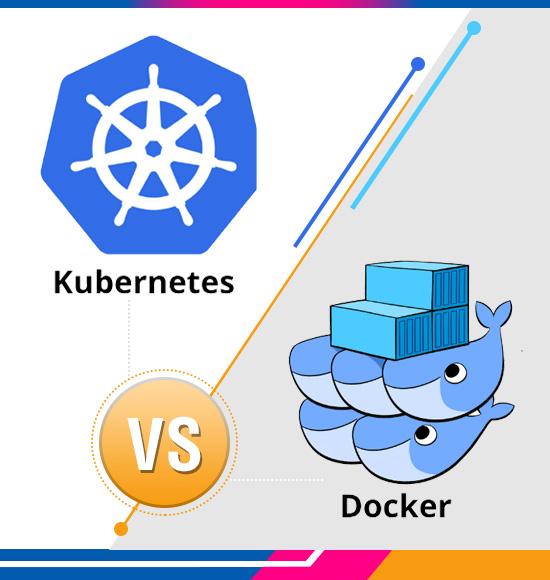Data Processing: Stages, Methods and Types
Internet use for shopping, transactions, social media, etc. generates data. This simply refers to the information collected, representing the facts and figures, which are further translated into a form that is efficient for processing.
Data Processing
Organizations rely on data to get insights from huge amounts of raw data to understand changing trends and make informed decisions for their business. Data processing involves a step-by-step process by scientists and engineers to convert the data into a readable format like graphs, charts, and documents. These infographics can be utilized by employees across the organization to create effective strategies.
After understanding data processing, let’s take a look at the processing cycle.
Data Processing Cycle
The process involves a series of steps taken in a specific order, but the entire process is repeated cyclically. For instance, the first step involves feeding raw data (input) into a system to yield actionable insights (output). This output can be stored and fed as input for the next processing cycle. Below is an illustration of the processing cycle:
The data processing cycle generally involves six main steps:
Collection
This step involves the collection of raw data from defined and accurate sources that have a big impact on the final output. This may involve website cookies, monetary figures, company’s profit/loss statements, use behaviour, etc.
Preparation
Data preparation is the process of sorting and filtering raw data by removing incomplete and incorrect data. Raw data is checked for errors, miscalculations, duplication, or missing data to ensure only the highest quality data is fed into the processing unit.
Input
This step simply involves the conversion of raw data into machine readable form and feeding it into the processing unit (warehouse or CRM). This is usually done by data entry through keyboards, scanners and other input devices.
Processing
In this step, the input data is processed using machine learning and AI depending on the data source (social networks, data lakes, online databases, connected devices, etc.) and intention to use (medical diagnosis from connected devices, determining customer needs, examining advertisement patterns, etc.).
Output
This stage is also referred to as the data interpretation stage. The processor transmits and displays the data to user in a readable format, such as document, graph, image, etc. This output can be further utilized by members of the organization in their respective data analytics projects.
Storage
This is the final stage where the processed data is stored for future use. The data is kept for reference purposes and allows quick access to information whenever needed. This data can also be further used as input for the next processing step.
Types of Data Processing
Data processing is categorized based on the source and the steps performed by the unit to produce output. The types are as follows:
Batch processing
This includes the processing of large amounts of data all at once, usually in batches. This often involves routine tasks that do not require real-time processing, like payroll systems.
Real-time Processing
This includes processing without any delay. This type of method is suitable for immediate processing like monitoring sensor data, online gaming, and financial trading.
Online Processing
This type of processing can speed up computations and enhance performance, as it uses multiple processors for processing.
Time-Sharing
This allows multiple users to utilize a single computer system simultaneously for sharing data and process execution.
Methods of data processing
Primarily, data processing uses three methods, which are as follows:
Manual Data Processing
Manual processing involves manually collecting data; filtering, sorting, and other logical operations are done without the use of any other electronic devices or automation tools. This method requires little to no tools. However, this might produce high errors, labor costs, and lots of time and tedium.
Mechanical processing
The processing of data has evolved with the advent of new technologies. Mechanical processing involves the use of machines and devices such as calculators, typewriters, and printing presses, and is still relevant today for simple processing operations. However, the increasing volume of data has made this method more complex and challenging.
Electronic processing
Electronic processing has become the most popular method in modern times. It involves the use of specialized software and programs that process data based on a set of instructions. Despite being more expensive, this method offers the fastest processing speeds and the highest reliability and accuracy of output.
Examples
Data processing is a ubiquitous part of our daily lives, and it occurs in many ways, often without our conscious awareness.
- Stock trading software can process millions of stock data points to generate a simple graph that is easy to understand.
- An e-commerce company can process customers’ search histories to recommend similar products that they may be interested in.
- A digital marketing company can use demographic data on people to strategize location-specific campaigns that are more likely to resonate with the audience.
- A self-driving car can process real-time data from sensors to detect if there are pedestrians and other cars on the road, allowing it to make informed decisions and avoid accidents.
These are just a few examples of how data plays a crucial role in enhancing our daily experiences.




